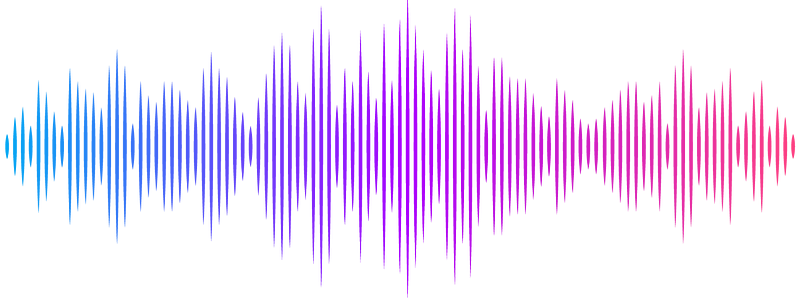Hidden Structural States of Proteins Revealed byConformer Selection with AlphaFold-NMR

Hidden Structural States of Proteins Revealed byConformer Selection with AlphaFold-NMR
Montelione, G. T.; Huang, Y. J.
AbstractRecent advances in molecular modeling using deep learning can revolutionize our understanding of dynamic protein structures. NMR is particularly well-suited for determining dynamic features of biomolecular structures. The conventional process for determining biomolecular structures from experimental NMR data involves its representation as conformation-dependent restraints, followed by generation of structural models guided by these spatial restraints. Here we describe an alternative approach: generating a distribution of realistic protein conformational models using artificial intelligence- (AI-) based methods and then selecting the sets of conformers that best explain the experimental data. We applied this conformational selection approach to redetermine the solution NMR structure of the enzyme Gaussia luciferase. First, we generated a diverse set of conformer models using AlphaFold2 (AF2) with an enhanced sampling protocol. The models that best-fit NOESY and chemical shift data were then selected with a Bayesian scoring metric. The resulting models include features of both the published NMR structure and the standard AF2 model generated without enhanced sampling. This AlphaFold-NMR protocol also generated an alternative open conformational state that fits nearly as well to the overall NMR data but accounts for some NOESY data that is not consistent with first closed conformational state; while other NOESY data consistent with this second state are not consistent with the first conformational state. The structure of this open structural state differs from that of the closed state primarily by the position of a thumb-shaped loop between -helices H5 and H6, revealing a cryptic surface pocket. These alternative conformational states of Gluc are supported by double recall analysis of NOESY data and AF2 models. Additional structural states are also indicated by backbone chemical shift data indicating partially-disordered conformations for the C-terminal segment. Considered as a multistate ensemble, these three states of Gluc together fit the NOESY and chemical shift data better than the restraint-based NMR structure and provide novel insights into its structure-dynamic-function relationships. This study demonstrates the potential of AI-based modeling with enhanced sampling to generate conformational ensembles followed by conformer selection with experimental data as an alternative to conventional restraint satisfaction protocols for protein NMR structure determination.


